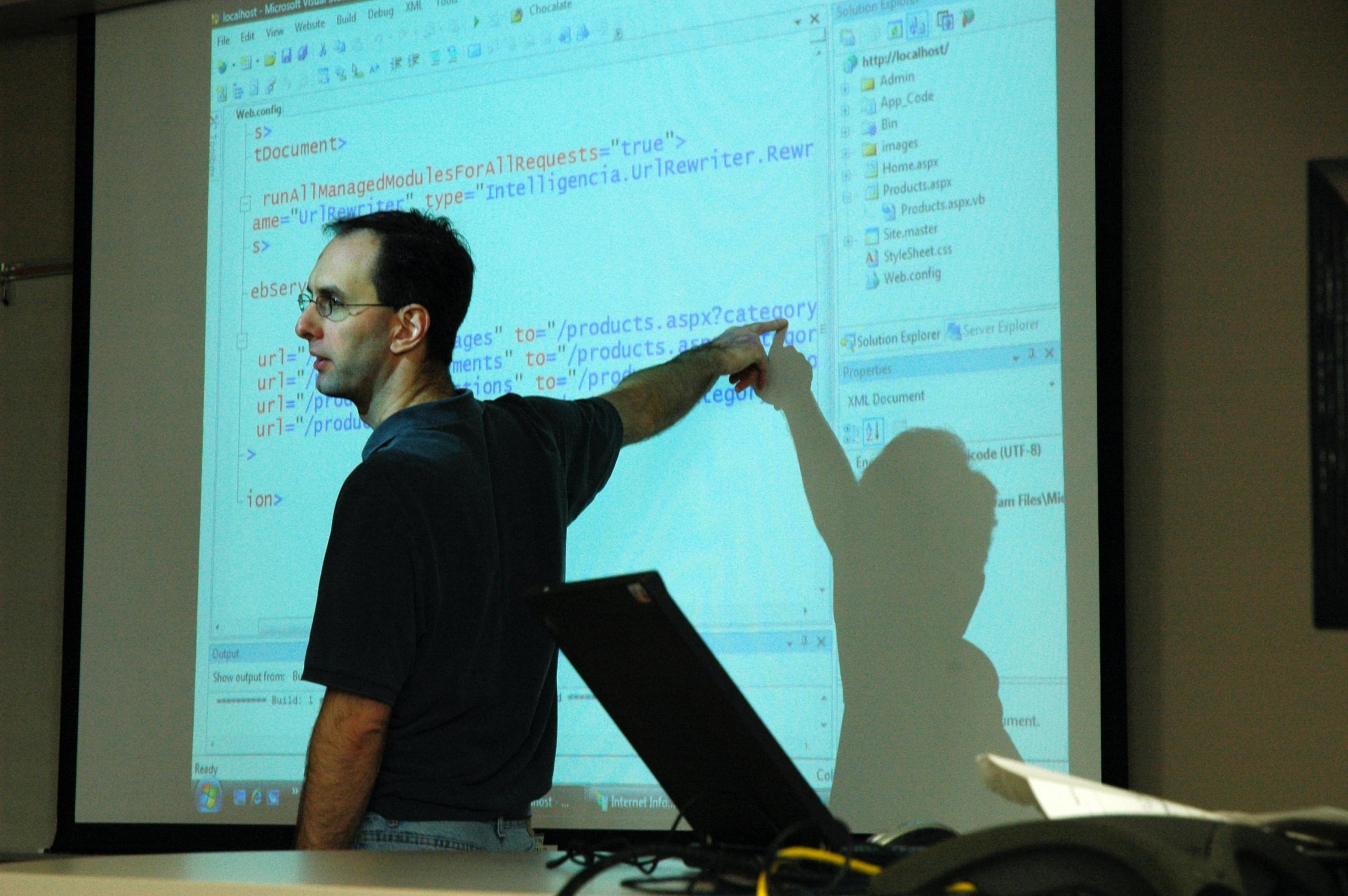

Ada Lovelace, the First Programmer in History
Computer codes have been around much longer than you might think. The origin of programming comes primarily from the programmer Ada Lovelace. She is not just very well known in the English-speaking world, but all over the world. The reason for this is that Ada Lovelace invented the first programming language in 1843. At the time, the scientist was working on Charles Babbage's analytical machine, which is the ancestor of our modern-day computers. She developed the first algorithm, which she wrote on paper because she could not write it directly on a computer. It is thanks to these notes that we were able to find the scientist's discovery. She then laid the foundations of what all programming languages would be afterwards. Born as Ada Byron, Ada Lovelace died on 27 November 1852 at Marylebone in London. Today, she is an inspiration to anyone who wants to code.
Fortran, Cobol, the Beginnings of Programming Languages
After Ada Lovelace, it took several decades before codes were developed. In particular, Plankalkül (or calculation plan), developed by Konrad Zuse between 1944 and 1945, is considered to be the first truly accomplished programming code. This language was used to store pieces of code in order to perform certain operations without having to copy the code each time. A few years later came the Assembly language, which served to simplify the language of the machine code. While this code was still considered low-level, in 1949 came the Short Code. This first HLL (High-Level Language) was developed by a certain John McCauley and perfected by William Schmitt. In 1957, the Fortran language appeared. Created by John Backus, Fortran is a programming language that is still used today. This makes it the oldest programming language today. The Fortran language is used for complex scientific calculations, among other things. A year later, ALGOL arrived. This algorithmic language was developed by a group of computer scientists. It is one of the most important languages in the history of programming since ALGOL was used as the basis for developing some of the best-known languages used by developers, such as C, C++ and Java. In 1958, LISP or list processors joined the list of programming languages. Like Fortran, LISP is still used today by some companies. It is similar to the better-known languages Python and Ruby. Finally, in 1959 came COBOL (Common Business Oriented Language) invented by Grace Murray Hopper. After working at IBM, she launched the idea of simplifying codes so that they would be closer to the English language than to traditional computer codes. In a way, she popularised computer languages. The COBOL language is still used today, particularly in the banking sector for automatic teller machines and other applications. Computer languages are now taught in all computer schools around the world.
The 70s and 80s and Programming Languages
In the early 1970s, the programmer Niklaus Wirth developed the Pascal language, one of the simplest programs to learn. It is for this reason that the creators of Apple chose this language at the beginning of their company. Niklaus Wirth is also known for having developed the languages Euler and Algol. 
The Arrival of Modern Languages and the Internet in 1990
The arrival and democratisation of the internet have shaken up the codes of programming. From the 1990s onwards, several languages continued to appear, such as Python, which was born in 1991. Developed by Guido Van Rossum and named after the famous "Monty Python", the Python language is now used by big names such as Google and Spotify. It is one of the most important programming languages in the industry. In the same year, Visual Basic was developed by Microsoft. This coding makes it possible to visualise the coding graphically and thus to take a part of the code to move or modify it, hence the term Visual Basic. Microsoft uses this coding in particular for Word and Excel. It is not, however, the most widespread form of computer coding. In 1993, Ruby was developed by Yukihiro Matsumoto. This high-level programming language is inspired by others such as Perl or Ada, and allows the development of web applications such as Twitter and Groupon. Java is also one of the programming languages that appeared in the 1990s and is still widely used today. Created by James Gosling, a famous programmer, the Java language is used in almost all our technological tools. In 1995, the PHP language revolutionised the Internet. Developed by Rasmus Lerdorf, the PHP language is the one that allows the creation of dynamic web pages. In other words, pages with interactivity. PHP has changed the way we create websites. Among the big names that use PHP in their development are Facebook, Wikipedia, WordPress and the Joomla CMS. The same year as PHP, the JavaScript language appeared in the digital world. Created by Brendan Eich, JavaScript is also used in the creation of websites. It can be used to manage PDF documents, browsers, etc. Gmail, Adobe Photoshop and Mozilla Firefox all use JavaScript. It is also one of the most widely taught computer languages. JavaScript has also been the most popular computer language for many years. In 2000, the C# language appeared at Microsoft. The goal? To combine the characteristics of C++ with those of Visual Basic. Very close to the Java language, C# is widely used by Microsoft, particularly for all its office software. Of all the languages, why not learn Python? Or how about JavaSript, the most popular language? All of these languages have made their mark on the history of computer programming. The first languages, although decades old, have marked the new generation of computer code. They are still used in some cases or serve as a basis for the development of other computer languages. From Ada Lovelace to today, we have come a long way! Throughout history, programming languages have each had a particular use: for developing applications, for creating web pages, etc. All the advances have made it possible to develop more and more computer languages, and there are still many more to be developed. All these advances have led to the development of more and more computer languages and there are still many more to be developed. And what language will you learn from now on?















